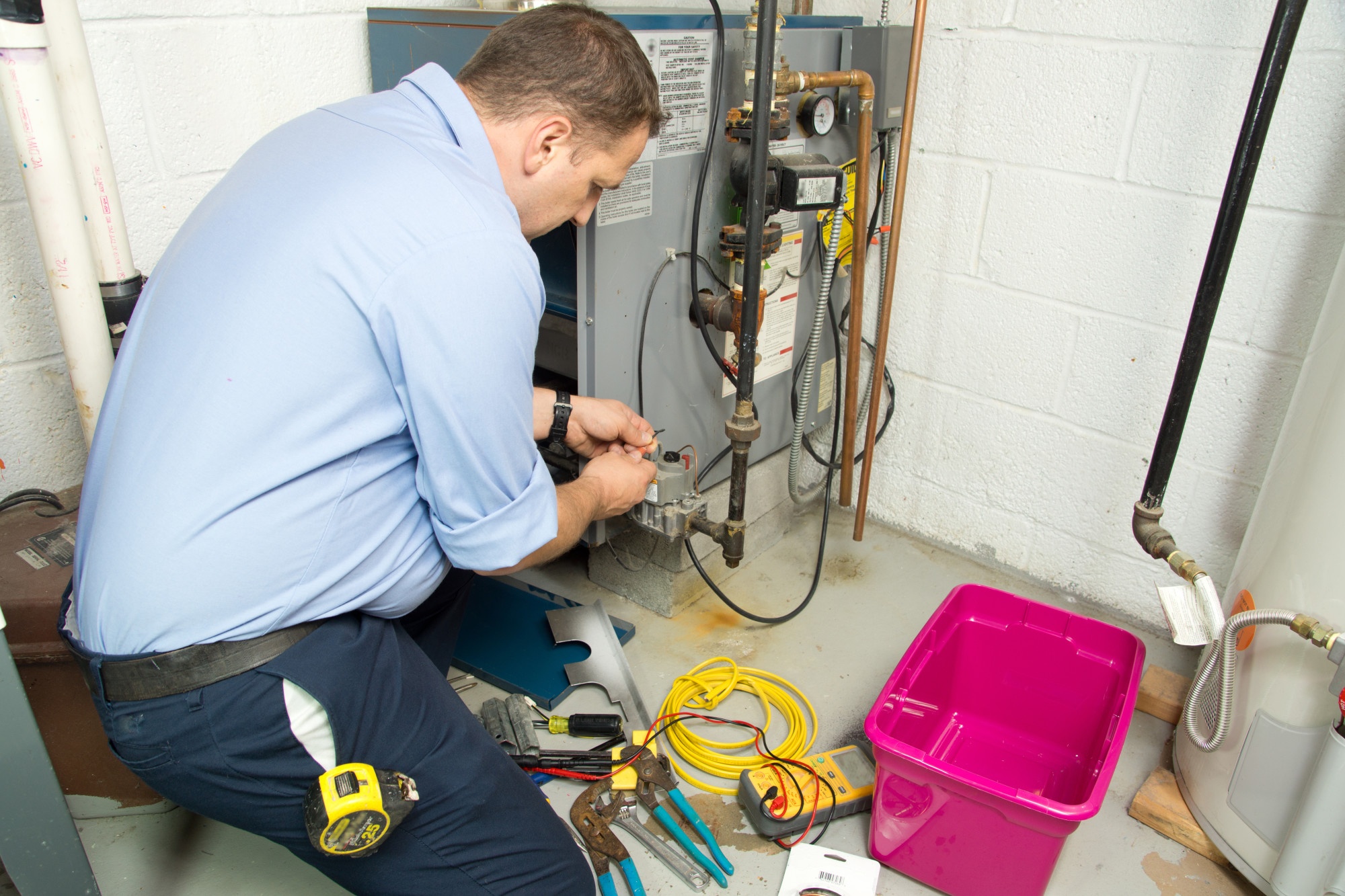Air quality affects everyone. Whether we’re inside or outside, at work or at home, air is everywhere. That’s why when it comes to healthy homeowning, maintaining your air quality should be at the top of your list.
Still, among the list of expected home repairs and replacements, it’s easy to let things like replacing your air filter fall to the wayside. If you’re new to the homeowning world, you might be wondering, “What is a furnace filter?”
Finding the right furnace filter for your HVAC system’s the key to optimal air quality in your home. Here’s how to find the best furnace filter.
What Is a Furnace Filter?
Asking, “What is a furnace filter?” is a classic homeowning question. It’s usually accompanied by the follow-up question, “How am I just now wondering about furnace filters?” You’re not alone.
No matter how long you’ve been in your home, some maintenance musts are blind spots. It’s easy to wait for symptoms to tend to home issues. When it comes to health—both yours and your home’s—air quality’s not something to sit on.
Furnace Filter Functions
The most common association with air filters is to keep the air clean. If you’ve experienced the following, it’s time to change your air filter.
- Heightened allergy symptoms
- Mold
- Dust
- Uneven air circulation
- High energy bills
- Temperature dysregulation
- Strange odors
If you smoke in the house or house furry friends, you may need to check your furnace filter more often. Bacteria growth is a home hazard, which impacts both physical and mental health. Bad air quality can take a physical toll on our bodies in the form of:
- Nausea
- Headaches and dizziness
- Chronic exhaustion
- Sinus issues
- Difficulty breathing
- Overall discomfort
Breathing compromised air over time compromises the body long-term.
While it’s true air filters keep the air clean and block bacteria, there’s one more blind spot to the importance of furnace filters. They protect your HVAC unit. Knowing this allows you to find the right furnace filter specifically for your HVAC system.
Here’s what to know.
Does Furnace Filter Thickness Matter?
It wouldn’t make sense to slap on any air filter to your HVAC system. Finding the best furnace filter for your home needs some research.
The cost of choosing a filter that’s incompatible with your HVAC system is big. It can create more damage, manifesting as slower airflow, less efficiency, frozen coils, and worsened symptoms overall.
Most air filters range from 1 inch to 5 inches. The rule of thumb is that thicker filters work better and last longer. A 5 inch air filter is usually better than a 4 inch furnace filter, but that depends on your HVAC system.
It’s possible to buy a filter that’s too efficient for an older system. In this case, one size doesn’t fit all. Studying furnace filter ratings is a smart way to learn about filter materials, and your HVAC system.
Consider how long you’ve been in the home. Ask yourself:
- When’s the last time I’ve changed the furnace filter?
- What do I know about the HVAC system?
- Does the current air filter work for it?
If you’re asking yourself these questions—whether for the first time or just in a long time—it’s time to change the furnace filter.
Types of Furnace Filters
Good news! You have options. There are disposable filters or washable ones depending on your preferences. Before buying your air filter, consider these things.
- Do you want a long-term or short-term option?
- What’s cost-efficient?
- Buying bulk is usually cheaper than a permanent filter, but like other home maintenance musts, they’re worthy investments!
- What’s best for your HVAC system?
- What’s the filter’s MERV (Minimum Efficiency Reporting Value) rating?
- Unlike the filter thickness, a high rating may not help you here. Knowing the MERV rating that’s best for your HVAC keeps your airflow efficient, and limits how often you’ll need to change the filters.
Furnace Filter Materials
Once you choose either disposable or washable filters, you’ll have to pick the material. Furnace filters come in the following options.
- Fiberglass
- Pleated
- Electrostatic
Each option varies in its MERV rating, price, and sustainability. Thinner air filters should be changed or washed more often to avoid back-ups in the airflow. The best furnace filter is ultimately determined by these factors:
- Thickness
- Material
- Efficiency
- If it’s temporary or permanent
- HVAC system compatibility
- Furnace filter ratings
Having a specific focus for your air filter—controlling mold, reducing allergens, decreasing stuffiness, or limiting air blockage—can lead you to the right decision.
For example, fiberglass and pleated filters are popular for dust and allergens. Electrostatic filters are good for eliminating odors, gases, or residual particles from smoke.
If sustainability’s on your radar, learning about each material can also inform your choice.
Feel Good About Your Filter
Accessories are just as important as their related devices. An HVAC system needs the right furnace filter to protect it, to keep the air clean, and to keep you healthy.
HVAC systems and furnace filters are their own technologies—but with the right match—they maintain efficient airflow. Once you’ve found the best furnace filter for your HVAC system, you’ll want to change it every few months. Electrostatic filters are the exception, to be changed every 6-8 years.
Since air’s everywhere, air quality isn’t just a homeowner’s concern. Renters can use the common fiberglass or pleated filters for their HVAC systems or talk with their landlords about proper air protocol.
Questioning, “What is a furnace filter?” is the right step towards healthy homes—whether you rent or own. For more on DIY home-health tips, check out our latest blog posts!



